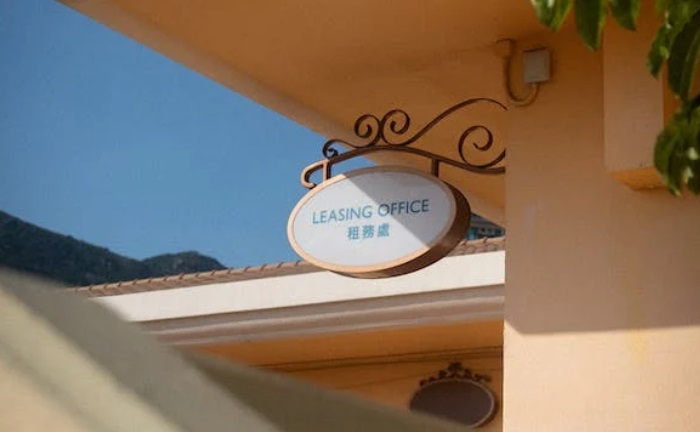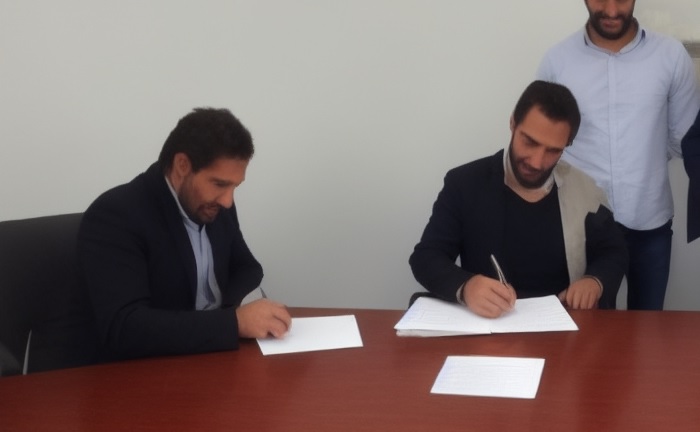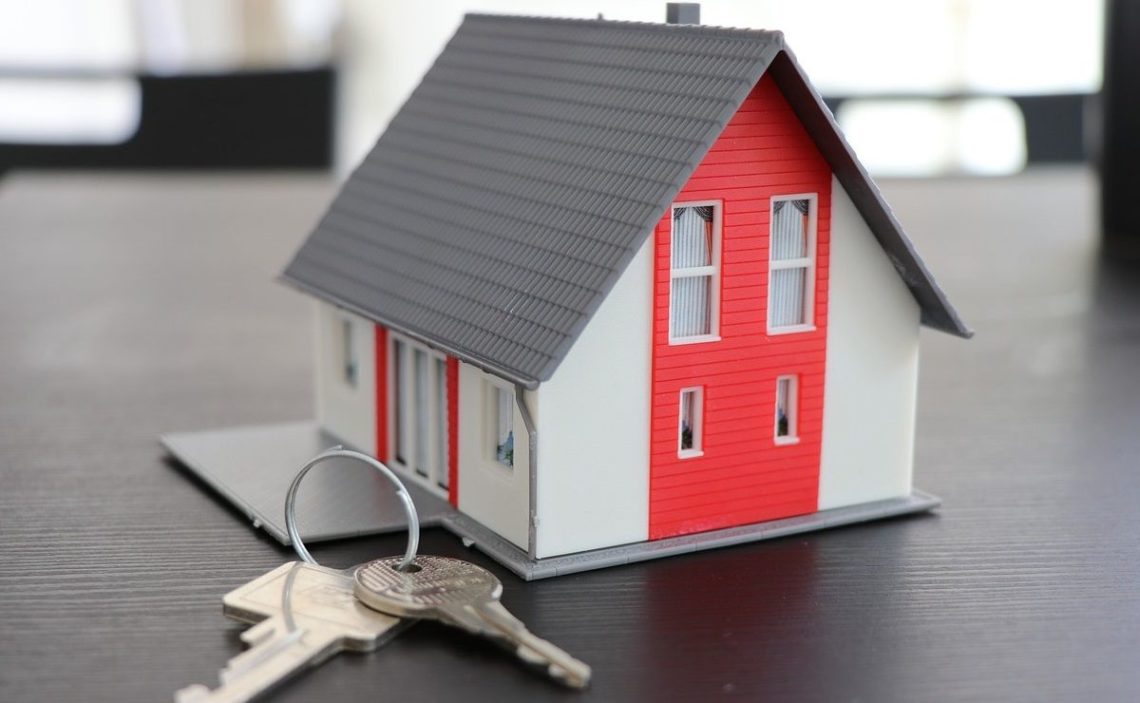Progressive Leasing is an excellent option for those who want to buy a property, such as a house or a car, but do not have enough money to do so, so they can turn to Progressive Leasing to rent the property until it is paid in full temporarily.
This type of contract is also called a “lease with an option to purchase” since it is a form of rental that allows the tenant or the person renting to be able to pay for the entire property at the end of the rental period.
What is Progressive Leasing?
Progressive leasing is a process whereby a tenant pays the landlord an initial amount with the option to purchase a property, chattel, or real estate. The property owner assigns the property’s enjoyment and uses to the client, who must pay the installments periodically, including taxes, interest, and financing costs.
The monthly rent paid by the tenant is divided into two parts: on the one hand, the rental payment and, on the other hand, money deposited in a particular account for the future purchase of the house.
At the end of the rental period, the tenant can return the property or buy it. In the latter case, the down payment will be made with the funds accumulated for each installment.
Suppose the tenant decides not to purchase the property. In that case, the option to continue renting (extension of the leasing contract) can be evaluated if an agreement is reached between the two parties.

Advantages and Disadvantages of Progressive Leasing
Progressive leasing is a type of lease that allows the tenant to buy the property at the end of the lease term. It is necessary to weigh the pros and cons of progressive leasing and carefully evaluate the lease terms and conditions.
Pros
- Ideal for those who can’t afford the down payment lenders ask for.
- Down payment can be started with monthly rent payments.
- More savings capacity.
- This is a good option for those not eligible to apply for loans or mortgages because they do not have a good credit profile or have low income.
- The tenant can buy the property at the end of the contract, avoiding moving occasionally.
- The tenant can modify and improve the home during the lease period.
Cons
- The tenant could pay a higher final amount than they would have paid for a mortgage.
- The monthly rent may have a much higher interest rate than a mortgage.
- The tenant will lose the money saved in the particular account to buy the house if the tenant decides not to buy the house at the end of the lease.
- The landlord often will only allow renovations or modifications to the property once the property is paid in full and the purchase is closed.
TIP: Compare the progressive lease with other financing options before deciding.
List of stores that accept Progressive Leasing
There are more than 30,000 stores that accept progressive leasing, both online and in physical stores. Different types of businesses can be paid this way, selling various products. You can pay with progressive leasing in construction stores, paint stores, places that sell home appliances and mobile and electronic devices, jewelry stores, mattress stores, musical instrument stores, non-motorized bicycles, rubber stores, etc.
Below is a list of stores that accept Progressive Leasing:
[wpdatatable id=285]Example of a Progressive Leasing
The best is to give an example to illustrate a situation and simplify the definition of the progressive leasing contract. Let’s assume that Peter wants to buy a house but does not have enough money to pay it in full. After some research, Peter decides to sign a progress lease with John, the owner of the desired property.
Peter pays John monthly rent of $1,500 for three years. Of that, $1,500, $500 goes to the savings and loan account, in which the money for the purchase of the property is accumulated. Peter pays 5% of the property’s value as an investment option. Then he spends a monthly rent of $1,500, of which $500 goes to a particular account for the future property acquisition, that is, $6,000 per year.
After three years, Peter can buy the property for $300,000 and has $18,000 accumulated in the particular account, which he will use as part of the down payment.

References
- “Progressive Leasing | Federal Trade Commission.” Federal Trade Commission, 31 Mar. 2020, https://www.ftc.gov/legal-library/browse/cases-proceedings/182-3127-progressive-leasing.
- “28+ Progressive Leasing Stores for Shopping: Appliances, Furniture.” Bucks & Cents, http://www.facebook.com/bucksandcents, 23 Oct. 2021, https://bucksandcents.com/progressive-leasing-stores/.


